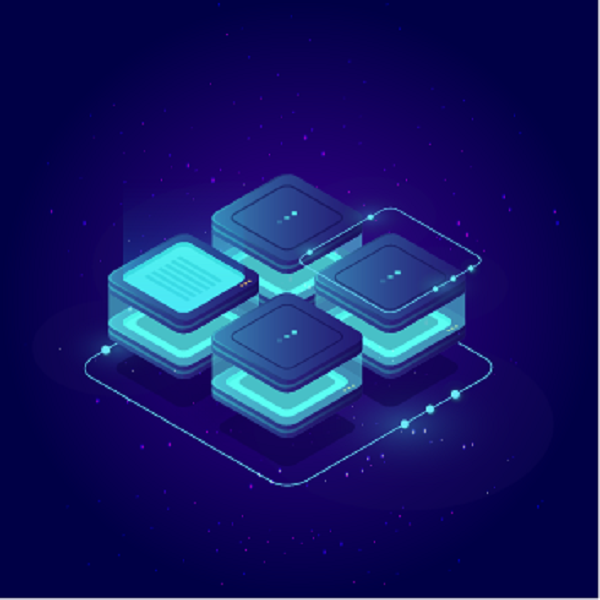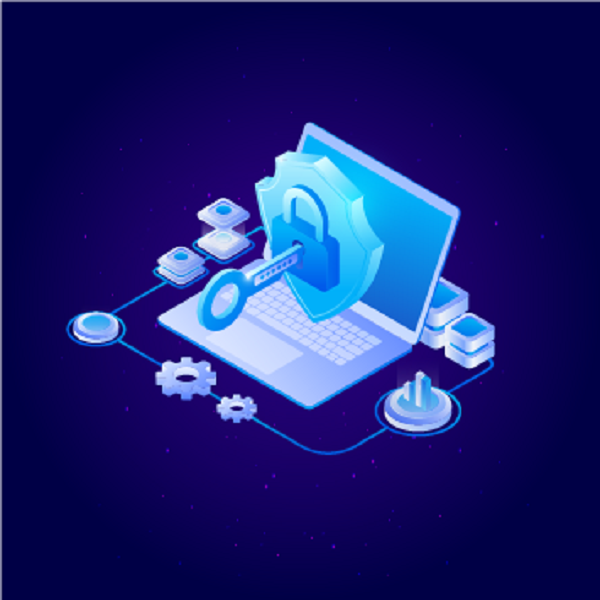Residential Proxies
Allowlisted 200M+ IPs from real ISP. Managed/obtained proxies via dashboard.

Proxies
Residential Proxies
Allowlisted 200M+ IPs from real ISP. Managed/obtained proxies via dashboard.
Residential (Socks5) Proxies
Over 200 million real IPs in 190+ locations,
Unlimited Residential Proxies
Use stable, fast, and furious 700K+ datacenter IPs worldwide.
Static Residential proxies
Long-lasting dedicated proxy, non-rotating residential proxy
Dedicated Datacenter Proxies
Use stable, fast, and furious 700K+ datacenter IPs worldwide.

Web Unblocker
View content as a real user with the help of ABC proxy's dynamic fingerprinting technology.
Proxies
API
Proxy list is generated through an API link and applied to compatible programs after whitelist IP authorization
User+Pass Auth
Create credential freely and use rotating proxies on any device or software without allowlisting IP
Proxy Manager
Manage all proxies using APM interface

Proxies
Residential Proxies
Allowlisted 200M+ IPs from real ISP. Managed/obtained proxies via dashboard.
Starts from
$0.77/ GB
Residential (Socks5) Proxies
Over 200 million real IPs in 190+ locations,
Starts from
$0.045/ IP
Unlimited Residential Proxies
Use stable, fast, and furious 700K+ datacenter IPs worldwide.
Starts from
$79/ Day
Rotating ISP Proxies
ABCProxy's Rotating ISP Proxies guarantee long session time.
Starts from
$0.77/ GB
Static Residential proxies
Long-lasting dedicated proxy, non-rotating residential proxy
Starts from
$5/MONTH
Dedicated Datacenter Proxies
Use stable, fast, and furious 700K+ datacenter IPs worldwide.
Starts from
$4.5/MONTH
Knowledge Base
English
繁體中文
Русский
Indonesia
Português
Español
بالعربية


This article deeply analyzes the technical principles and practical methods of Selenium web crawling, explores its unique advantages in dynamic page parsing and anti-crawling strategies, and analyzes how to improve crawling efficiency and anonymity through proxy IP integration.
1. The core technical principles of Selenium crawling
As a browser automation tool, Selenium achieves dynamic page rendering by simulating real user operations. Its core value lies in processing JavaScript-generated content. Compared with traditional requests libraries, Selenium can fully load page elements, including DOM updates triggered by asynchronous requests.
In the specific implementation, the deep interaction mechanism between WebDriver and the browser kernel (such as Chrome, Firefox) is the key. By controlling the browser instance to perform operations such as clicking, scrolling, and form submission, interactive data that is difficult to collect with traditional crawlers can be obtained. Taking abcproxy's residential proxy service as an example, combined with Selenium, browser simulation of the real geographic location can be achieved to avoid device fingerprint detection of the target website.
2. Four core advantages of Selenium crawling
1. Dynamic content parsing capabilities
Directly obtain the complete DOM tree after rendering, solving the problem that AJAX/XHR asynchronous loading data cannot be captured. It is suitable for single-page applications (SPA) or infinite scrolling pages.
2. Human-computer behavior simulation accuracy
By controlling parameters such as mouse movement trajectory and click interval time, a browser fingerprint close to human operation can be generated. In social media marketing scenarios, this high-simulation operation can effectively reduce the risk of account abnormality.
3. Multi-environment compatibility
Supports headless mode (browser without interface) to reduce resource consumption while retaining the complete browser function stack. Combined with the user proxy rotation strategy, multiple device type simulation can be achieved.
4. Anti-climbing and anti-breakthrough capabilities
Automatically handle verification code recognition, cookie management, IP blocking, etc. For example, when integrating abcproxy's unlimited residential proxy service, you can set automatic IP rotation rules to deal with high-frequency access restrictions.
3. Typical Technical Challenges of Selenium Crawl
1. Resource consumption and performance bottlenecks
The memory usage of browser instances is usually more than 10 times that of traditional crawlers. When deployed on a large scale, Docker containerization technology must be used to achieve distributed scheduling.
2. Anti-automation detection mechanism
Modern websites use automated tools to identify browser features such as Canvas fingerprints and WebGL parameters. Browser fingerprint modification plug-ins (such as undetected-chromedriver) are required to improve concealment.
3. Dynamic element positioning failure
When XPath/CSS selectors become invalid due to changes in page structure, a dynamic element positioning strategy should be established. Relative path positioning combined with the explicit wait mechanism can be used to enhance robustness.
4. Three optimization directions to improve Selenium crawling efficiency
1. Intelligent waiting strategy configuration
Mix implicit and explicit waits, and use EC (Expected Conditions) to preset element loading conditions to shorten the average page loading time by 30%-50%.
2. Request flow control technology
Dynamically adjust the crawling frequency according to the target website's QPS limit. For example, in an e-commerce price monitoring scenario, a static ISP proxy of abcproxy can be used to establish a stable low-speed long connection to avoid triggering risk control policies.
3. Data cleaning pipeline optimization
Execute XPath extraction directly in the browser memory to reduce bandwidth consumption caused by full HTML transmission. For JSON data, enable the browser console to intercept Network requests.
5. Deep integration solution of Selenium and proxy IP
1. Proxy authentication automation
Use browser plug-ins (such as Proxy Auto-Config) to automatically fill in proxy credentials and avoid hard-coding account passwords in the code. abcproxy's Socks5 proxy service supports the integration of multiple authentication protocols.
2. Precise control of geolocation
In cross-border data collection scenarios, it is necessary to ensure that the IP geographical location matches the business needs. For example, when using abcproxy's static ISP proxy, you can select a residential IP at a specific city level for localized content crawling.
3. Traffic fingerprint obfuscation technology
Combine proxy IP rotation with browser fingerprint modification to build a multi-dimensional anonymity system. Each time the session changes IP, 20+ browser fingerprint parameters such as Canvas hash value and WebRTC configuration are updated synchronously.
Selenium crawling technology provides an effective solution for data collection on complex dynamic websites by simulating real user behavior. As a professional proxy IP service provider, abcproxy provides a variety of high-quality proxy IP products, including residential proxies, data center proxies, static ISP proxies, Socks5 proxies, and unlimited residential proxies, which are suitable for web page collection, e-commerce, market research, social media marketing, website testing, public opinion monitoring, advertising verification, brand protection, and travel information aggregation. If you are looking for a reliable proxy IP service, please visit the abcproxy official website for more details.
Featured Posts
Popular Products
Residential Proxies
Allowlisted 200M+ IPs from real ISP. Managed/obtained proxies via dashboard.
Residential (Socks5) Proxies
Over 200 million real IPs in 190+ locations,
Unlimited Residential Proxies
Use stable, fast, and furious 700K+ datacenter IPs worldwide.
Rotating ISP Proxies
ABCProxy's Rotating ISP Proxies guarantee long session time.
Residential (Socks5) Proxies
Long-lasting dedicated proxy, non-rotating residential proxy
Dedicated Datacenter Proxies
Use stable, fast, and furious 700K+ datacenter IPs worldwide.
Web Unblocker
View content as a real user with the help of ABC proxy's dynamic fingerprinting technology.
Related articles

How does idope improve data collection efficiency
This article explores the core role of idope in data collection, analyzes how proxy IP can optimize its operating efficiency, and analyzes the adaptation solution provided by abcproxy.

Big Data Ecommerce: Core Value and Application
This article discusses the technical architecture and commercial value of Big Data Ecommerce, and analyzes the transformation path of the e-commerce industry driven by data. abcproxy provides underlying support for big data e-commerce through proxy IP services, helping enterprises achieve precise operations.

Class in XPath: Syntax, Application and Advanced
This article systematically explains the core principles and practical applications of the contains(@class, 'value') selector in XPath, covering key scenarios such as dynamic class name processing, multiple class name matching, performance optimization, and provides solutions to deal with the complex class name structure of modern Web frameworks.